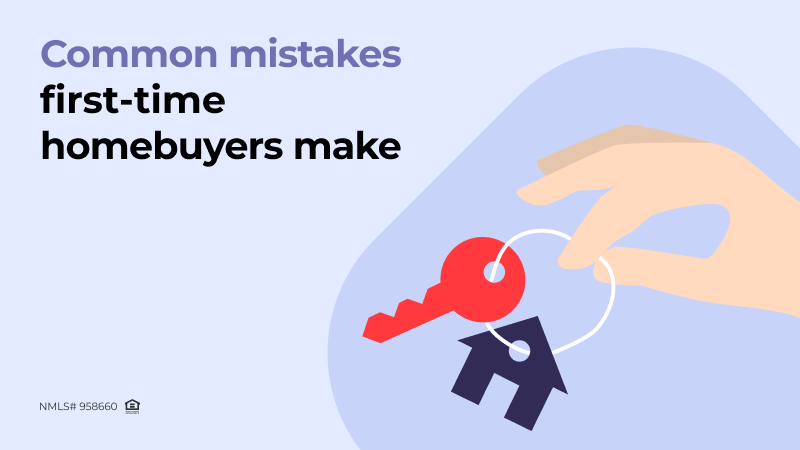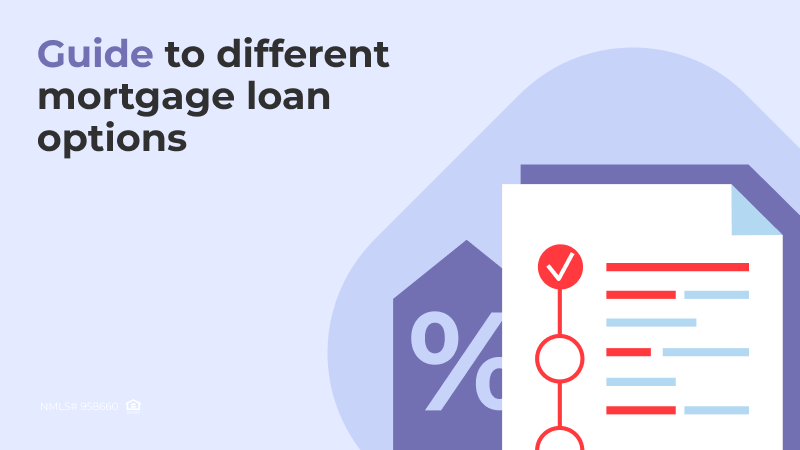
When it comes to getting a mortgage, it’s important to understand your options. The two main types of mortgages you’ll come across are fixed-rate mortgages and adjustable-rate mortgages (ARMs). Each has its own features and benefits, and it’s critical to know the differences so you can make the right choice that fits your financial and homeownership goals.
Fixed-Rate Mortgages
With a fixed-rate mortgage, you lock in an interest rate for the entire loan term. Your monthly payments stay the same throughout the life of the loan, giving you peace of mind and making budgeting easier. You’ll know exactly how much you’ll owe each month, regardless of what’s happening in the economy.
For example, you get a 30-year fixed-rate mortgage for $300,000 with an interest rate of 4%. Your monthly payment would be around $1,432, and that amount will stay the same for the entire 30 years. No surprises, no adjustments – just consistent payments that fit comfortably into your budget. This predictability is a major benefit, especially if you prioritize financial stability and plan to stay in your home for a long time. That’s the beauty of a fixed-rate mortgage.
Sounds like a dream, right? However, there are a few drawbacks here. First, you’re locked into the interest rate you choose at the beginning, so you can’t take advantage of potential future rate drops. Second, compared to adjustable-rate mortgages (ARMs) in a low-interest-rate environment, fixed-rate mortgages may have a slightly higher starting rate.
Adjustable-Rate Mortgages (ARMs)
Adjustable-rate mortgages come with a lower interest rate at the start, typically lasting 3, 5, 7, or 10 years, making your initial monthly payments more affordable. Think of it like a balloon, inflating your savings with lower monthly payments in the early years. This can be a great option if you’re looking for some breathing room in your budget upfront. However, after the introductory period ends, the interest rate adjusts periodically (usually annually) based on the market conditions. This means that if interest rates rise in general, so will your ARM’s rate, potentially increasing your monthly payment. But if rates fall, your ARM’s rate could adjust downward, keeping your payments manageable.
But it’s important to remember that even if rates fall, there are limits on how much your ARM’s rate can adjust downward. These limits are set to protect both you and the lender from drastic fluctuations in your monthly payment. The specific details of your ARM, including the adjustment caps (both upward and downward), are spelled out in your loan documents. Be sure to review these documents carefully before finalizing your loan.
The way ARMs work is quite straightforward. They are based on two main components: the index and the margin. The index is a benchmark interest rate that reflects general market conditions, and the margin is a fixed percentage added to the index to determine your interest rate.
There are different types of ARMs, including the 3/1 ARM, 5/1 ARM, 7/1 ARM, and 10/1 ARM. The first number indicates the initial fixed-rate period, while the second number represents how often the rate adjusts after the initial period.
Let’s say you opt for a 5/1 adjustable-rate mortgage for a $300,000 home with an initial interest rate of 3.5%. During the first seven years, your monthly payments would be approximately $1,347. Let’s hypothetically assume the interest rate increases to 4% after the 5-year introductory period. With the interest rate at 4%, the monthly payment would increase to $1,432.
It’s important to understand that after the introductory period, your monthly payments can fluctuate, making budgeting more challenging due to less predictability. What’s more, in some cases, with ARMs, your monthly payment may not cover the full amount of interest owed. This can cause your loan balance to increase (negative amortization).
How to Decide Between an ARM and a Fixed-Rate Mortgage
The best mortgage for you depends on your unique circumstances and goals. Deciding between a fixed-rate mortgage and an adjustable-rate mortgage can come down to two key questions:
1. Do you want stability or flexibility in your monthly payments? Fixed-rate mortgages, which lock in your interest rate for the life of the loan, offer the comfort of knowing exactly what your payment will be each month. ARMs, on the other hand, provide flexibility with a lower introductory rate. This can be attractive if you’re just starting out and expect your income to grow, potentially offsetting any future rate increases. However, it also means that your payment could fluctuate, which may not be ideal for those who prefer a set budget.
2. How long do you plan to stay in this home? If you plan on staying in your home for a long time, a fixed-rate mortgage guarantees stability. If you see yourself moving within a few years, the ARM’s lower initial rate can save you money upfront.
Think of it this way: a fixed-rate mortgage provides certainty, like a pre-set budget. An ARM offers flexibility early on, but you’ll need to be prepared for potential adjustments down the road.
Understanding the differences between adjustable-rate and fixed-rate mortgages is essential to making a smart choice. As you consider your mortgage options, keep in mind that your mortgage broker can help you understand the details and walk you through the process. By asking questions, understanding your financial situation, and running different scenarios, you can feel confident in choosing the mortgage that’s right for you.
Remember, this is your home, your future, and your decision. Take the time to weigh your options and make a choice that aligns with your financial well-being and homeownership aspirations.



